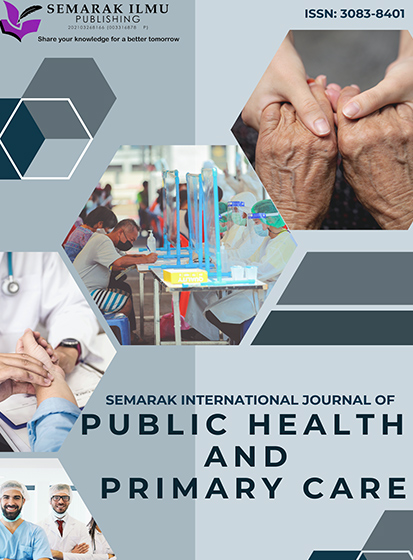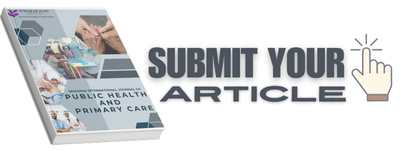Assessing Acute Kidney Injury Risk in Cancer Patients Undergoing Surgery: Insights from a Public Teaching Hospital in Kuala Lumpur
DOI:
https://doi.org/10.37934/sijphpc.2.1.4558bKeywords:
Acute kidney injury, cancer, nursing risk assessmentAbstract
Acute Kidney Injury (AKI) is a critical complication among cancer patients undergoing surgical interventions. This study aimed to assess the association between patients with malignancy/ tumour and the risk of AKI in the surgical department of a public teaching hospital in Kuala Lumpur. The prospective observational study included 193 patients and involved seventy-five surgical nurses who underwent an AKI nursing risk assessment education program. Utilizing the Nursing Risk Assessment of Acute Kidney Injury (NURA-AKI) tool, the risk assessments were conducted from July to December 2022. The data was collected during three distinct assessment phases. Results showed AKI risk factors among surgical patients include age > 65 years (40.9%), male gender (58.5%), comorbidities like hypertension (56.5%), DM (43.5%), malignancy/ tumors 20.7% of patients, infection/sepsis at 22.8% and least patients with CKD were 11.9%, chronic liver 7.3% and hypotension 6.2%. The risk of AKI clinical parameters such as elevated serum creatinine (34.2%), blood loss/dehydration (25.4%), and low hemoglobin levels (23.3%). Patients with malignancy/ tumour had elective surgeries 43.5%, emergency surgeries 32.6%, meanwhile, 36.8% of patients consumed nephrotoxic agents. The Chi-square test was used to analyze the association between patients with malignancy/ tumour and the risk factors of AKI in the surgical department HCTM. There was a significant association between patients with malignancy/ tumour and the risk factors of AKI and the patients admitted to the different units in surgical department (p < 0.05). The general surgery and urology ward reported more than 40% of patients had malignancy/ tumour. However, there was no significant association between AKI risk factor consuming nephrotoxin agent and AKI risk factor surgery within patients had malignancy/ tumour with AKI risk (p-value> 0.05). The results demonstrate the prevalence of AKI among cancer patients in the surgical setting, identifying key risk factors and informing strategies for early detection and prevention









